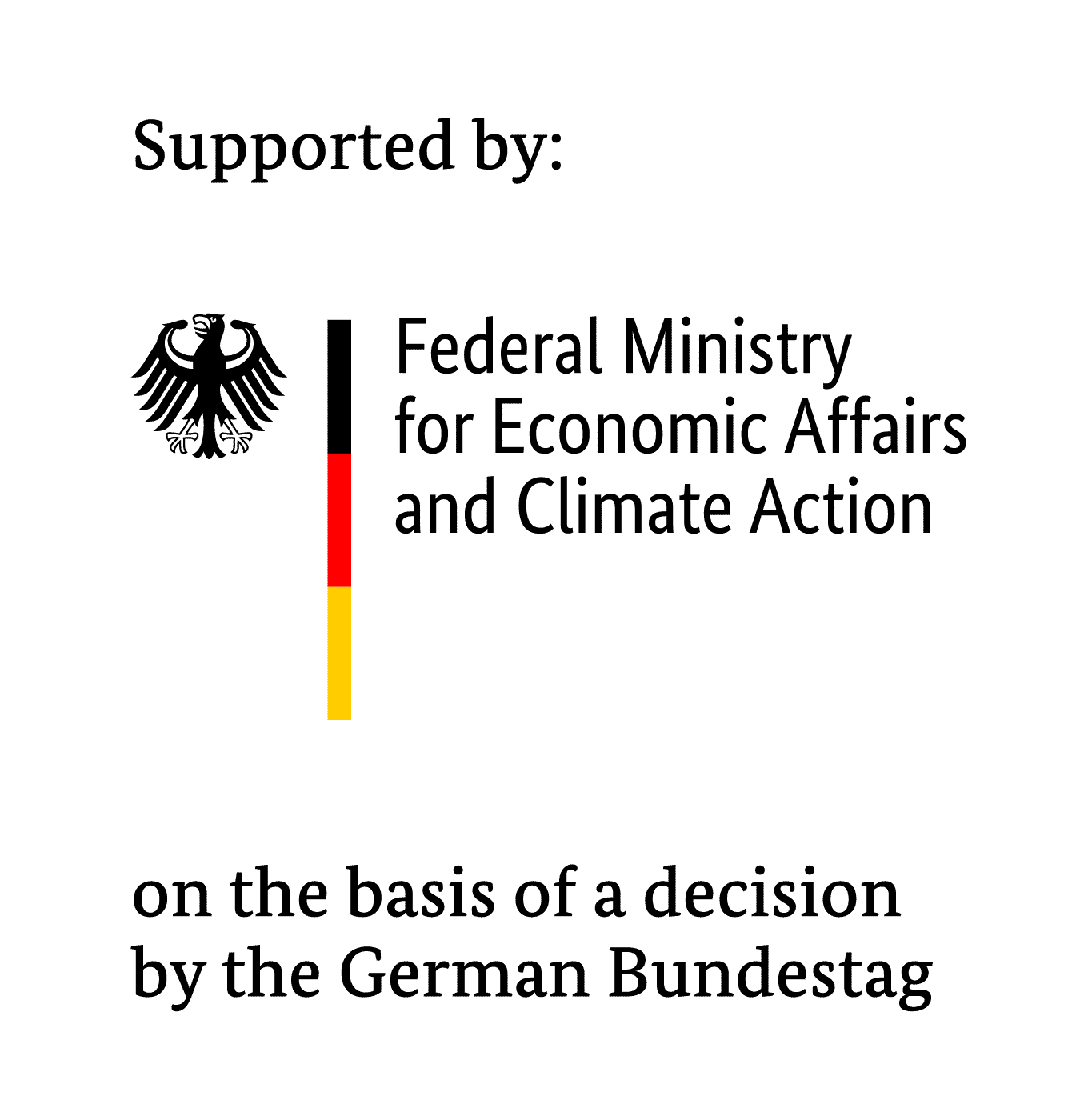Projectname:
Development of a cost-effective approach for evaluating of migration processes of UV printing inks and varnishes from food packaging into food
Workgroup: Compliance of packaging material
Scientific Partners and Guidance:
IGF: 17095 N
Financing: BMWi
Duration: 2012 – 2014
UV printing technology is becoming increasingly important in the packaging industry. After the application of the printing inks, UV light and photoinitiators trigger the polymerization of the printing inks, causing them to cure instantaneously. Such cured, printed materials can be immediately further processed and this saves time, storage space, and hence money when manufacturing packaging systems. Another advantage is that no solvents are required, meaning that no harmful vapors are produced during the process.
In the case of food packaging, the safety of consumers is paramount. It must be ensured that no components can migrate from the packaging to the food in concentrations that are a risk to human health. Indeed, the ITX crisis highlighted that material transfer can occur via, for example, set-off or permeation even when there is no direct contact between printing inks and foods.
This collaborative project between the Fraunhofer IVV and FABES Innovations gGmbH is developing a cost-efficient tool for evaluating material transfer from UV printing inks and UV finishes to foods. This tool will be of use to the food, packaging, and printing ink industries for ensuring the safe and cost-efficient use of UV printing inks and finishes for food packaging applications. It will also aid the technical optimization of UV printing inks and packaging systems. For example, it is known that the age and the intensity of UV lamps and the exposure time during curing affects the concentration of substances that are able to migrate.
The experimental work will study the migration behavior of photoinitiators and acrylates for different food packaging systems under different conditions. Based on the results, a tool will be developed with the help of mathematical modelling. This will provide a favorable-cost way of testing the compliance of UV printed products with the requirements of Art. 3 of Regulation (EC) 1935/2004 (health safety and migration of substances into foods). In particular, small and medium sized enterprises (SMEs) will benefit from this development work.

The IGF project presented here by the Research Association of the Industrial Association for Food Technology and Packaging (IVLV e.V.) is funded by the Federal Ministry for Economic Affairs and Climate Action as part of the program for the promotion of industrial community research (IGF) based on a decision of the German Bundestag.